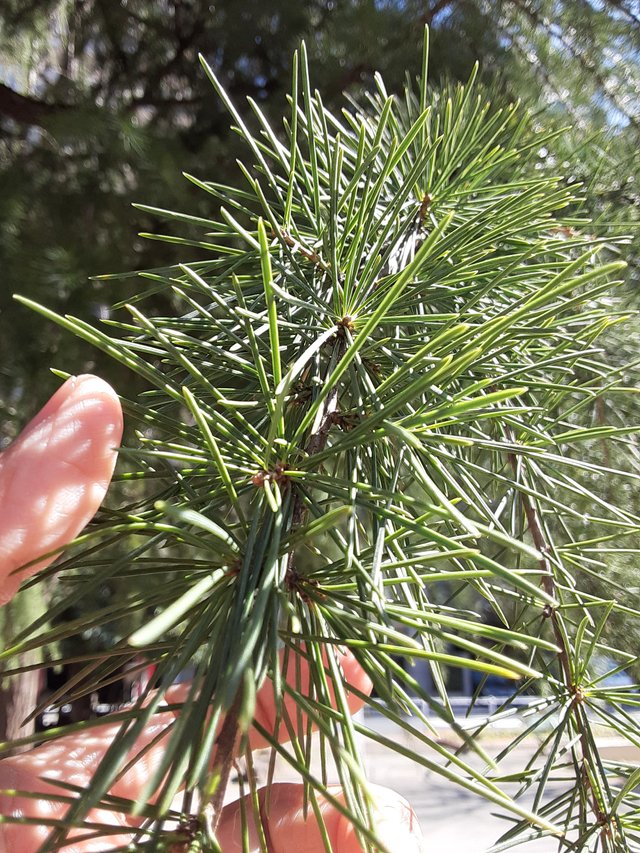
Pinus monophylla, also known as the single-leaf pinyon, stands out for its unique foliage. Unlike most pines with clusters of needles, the pinyon boasts a solitary wonder.
Imagine a small to medium-sized tree, reaching up to 66 feet tall, with a rough, scaly bark. Now, picture its branches adorned with individual leaves, not needles in the traditional sense. These single leaves, aptly named, are stout and surprisingly long, ranging from 1.5 to 2.25 inches. Their color adds another layer of intrigue. They're not your typical pine green, but a captivating gray-green or even a striking blue-green, often coated with a waxy film that gives them a frosted appearance.
This waxy coating isn't just for show; it's a clever adaptation to the pinyon's harsh environment. The single-leaf pinyon thrives in the dry, high deserts of the American Southwest and northern Mexico. The waxy film helps the leaves retain precious moisture by reducing evaporation under the scorching sun. Additionally, these single leaves reduce wind resistance, another benefit in the desert's often strong winds.
While the single leaf is the pinyon's signature feature, occasional pairs of leaves do appear. This deviation from its namesake adds a touch of whimsy to the tree. Overall, the Pinus monophylla's unique foliage, a testament to its resilience, makes it a fascinating addition to the desert landscape.
Ref.:
 |  |
Upvoted! Thank you for supporting witness @jswit.
Downvoting a post can decrease pending rewards and make it less visible. Common reasons:
Submit